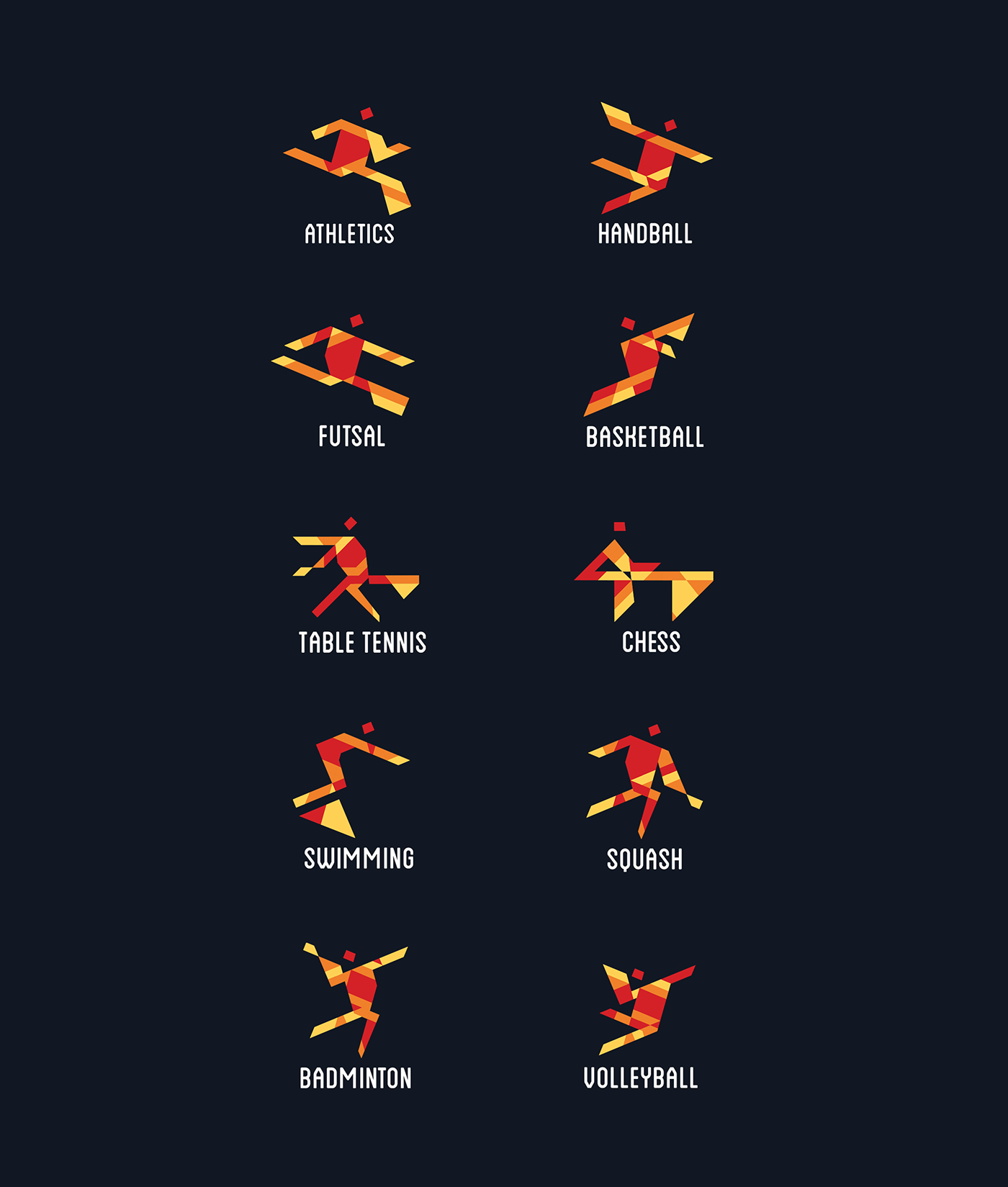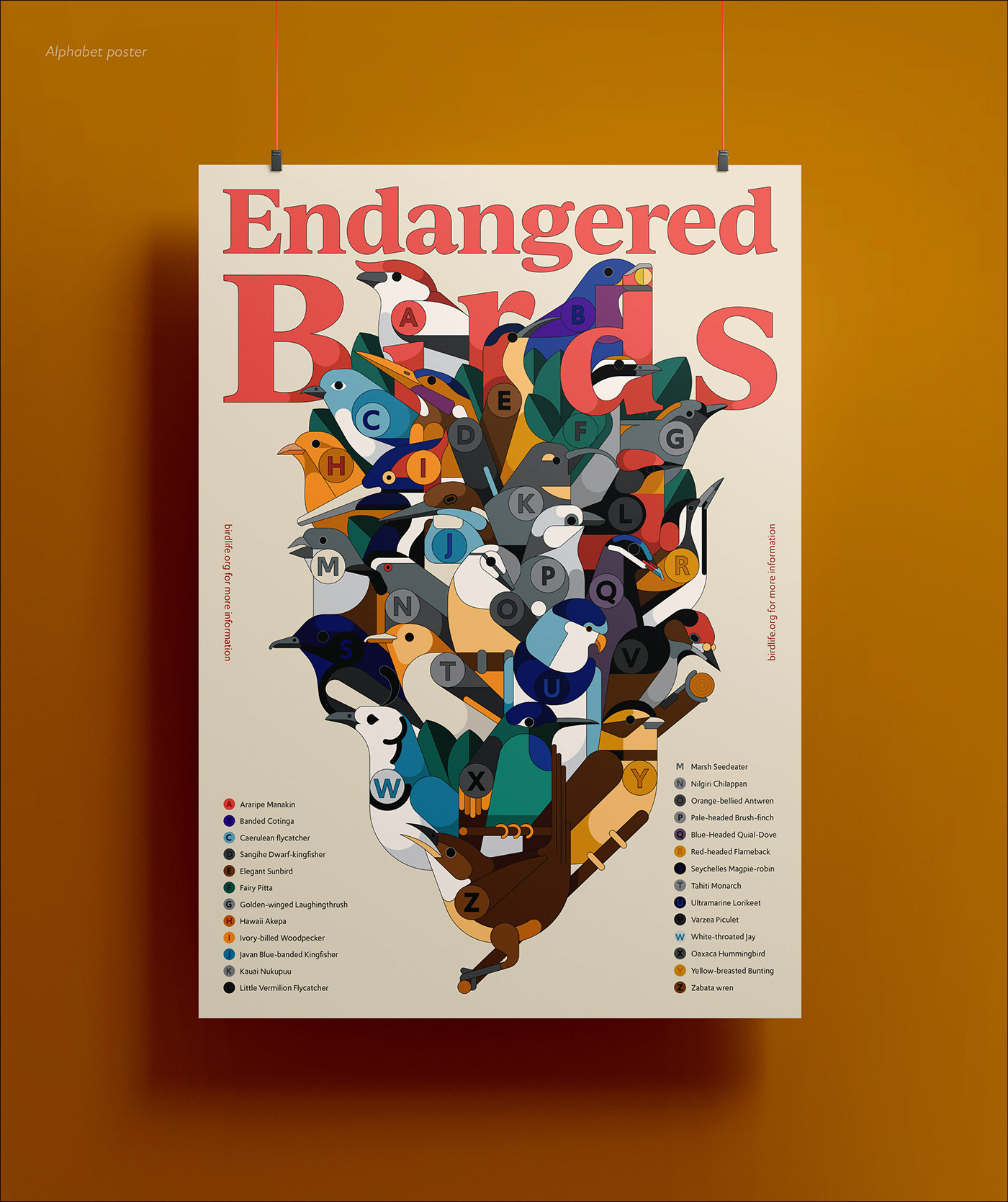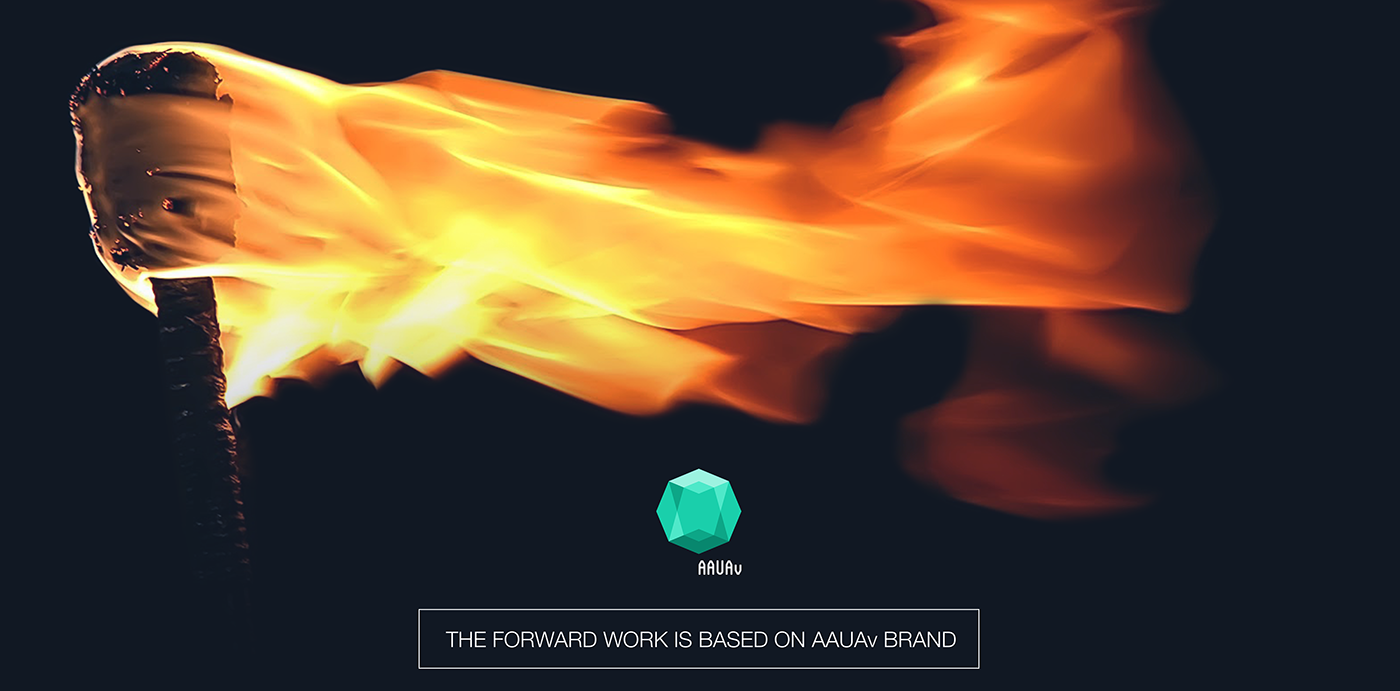
The UA Cup is a sports competition between University of Aveiro students representing their degrees in a variety of sports. Over time, this competition has been growing both in size and impact in the academic daily life. More and more students are engaging and participating, and different sports and rivalries emerge every year. However, the UA Cup is not just a competition. There is much more attached. It drives students to establish new friendships, to share interests with each other, cultivating physical and mental well-being, for a better academic performance.
THIS IS THE FOUNDATION OF THE UA CUP IDENTITY.
Graphically, the new symbol was built on the extension of the lines of the same scheme that the AAUAv identity was born. Thus, a strong connection with the event's organizer is established. Although the inner fairplay of an amateur competition and friendships established through the year, the UA Cup still is a competition with a trophy to be achieved. Therefore, the new logo mimics a fire torch: a symbol not only associated with the olympic pride and glory but, most of all, with the triumph. The torch is a symbolic artifact highly associated to winners. The flame rises from the torch representing the commitment of all the degrees in the fight for the trophy and, logically, the fire colors theirselves portray the burning passion arising from the chest of the athletes giving them the ambition to succed.

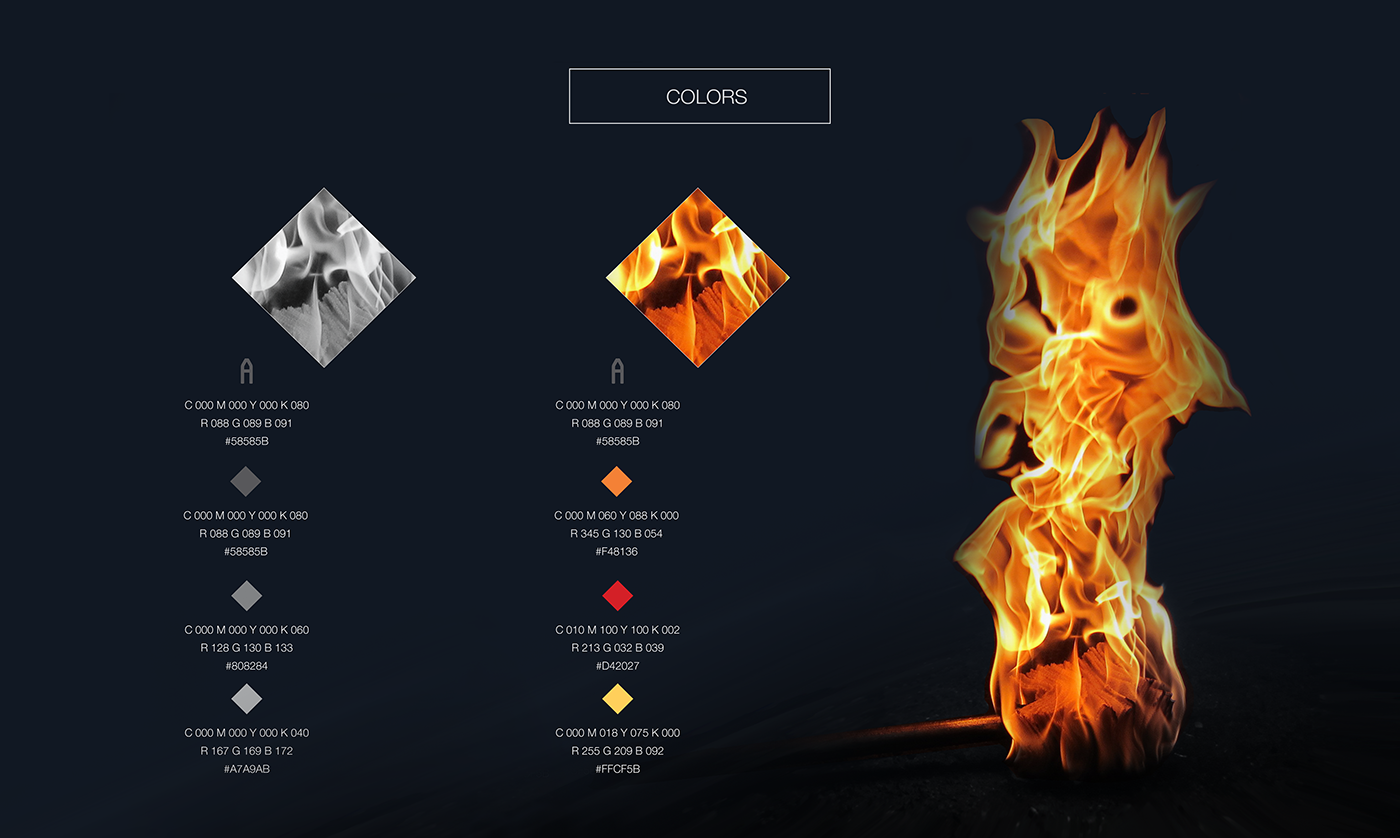
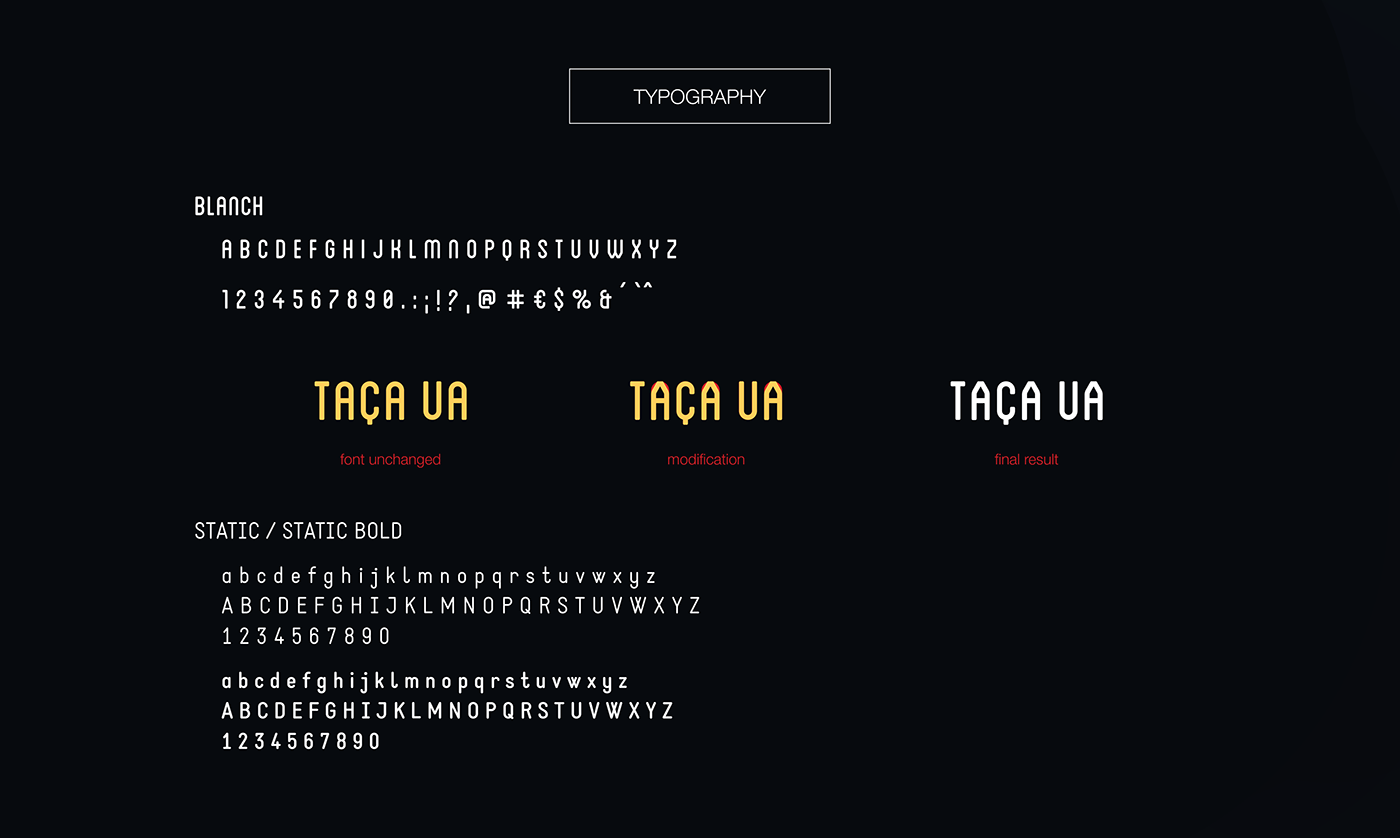

Each sports pictogram is drawn in the same geometric structure of the AAUAv and UA Cup identities. By sharing the same guideline and using the same color scheme, the relationship between the different pictograms - and their small pieces - and the main logo is very strong. The brand becomes more recognizable through the pictograms and, the stronger and the wider spread they get, the competition itself establishes even more in the student's daily lives.
